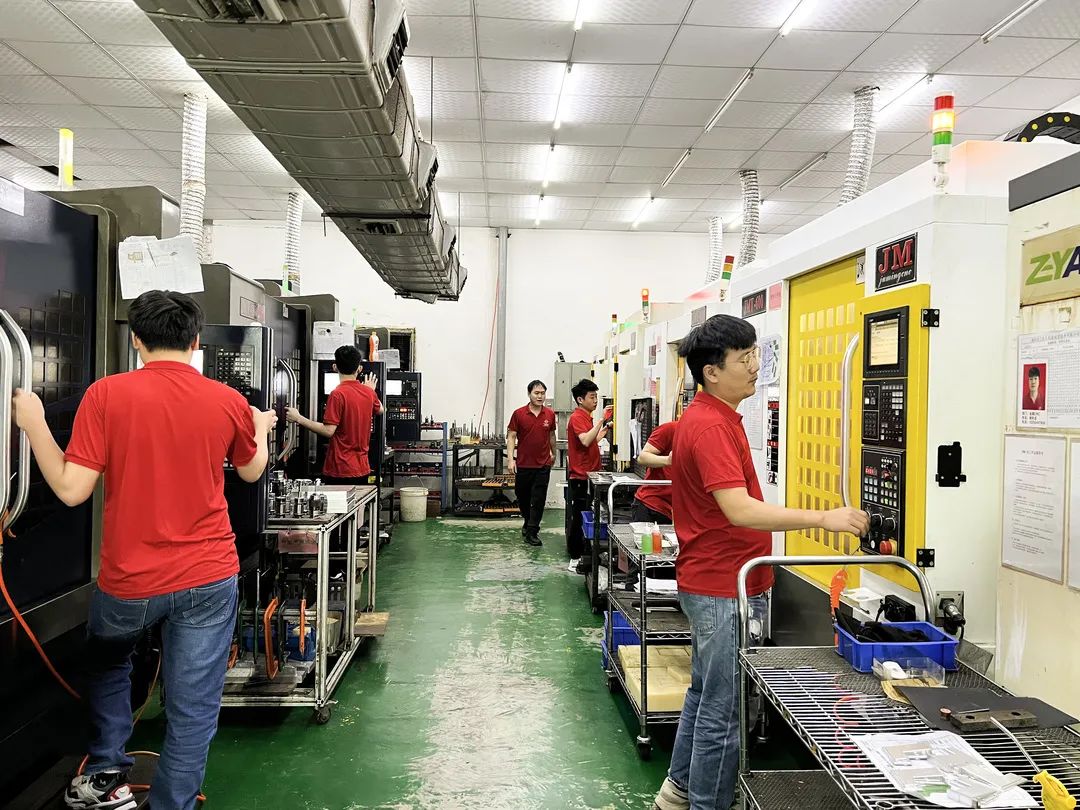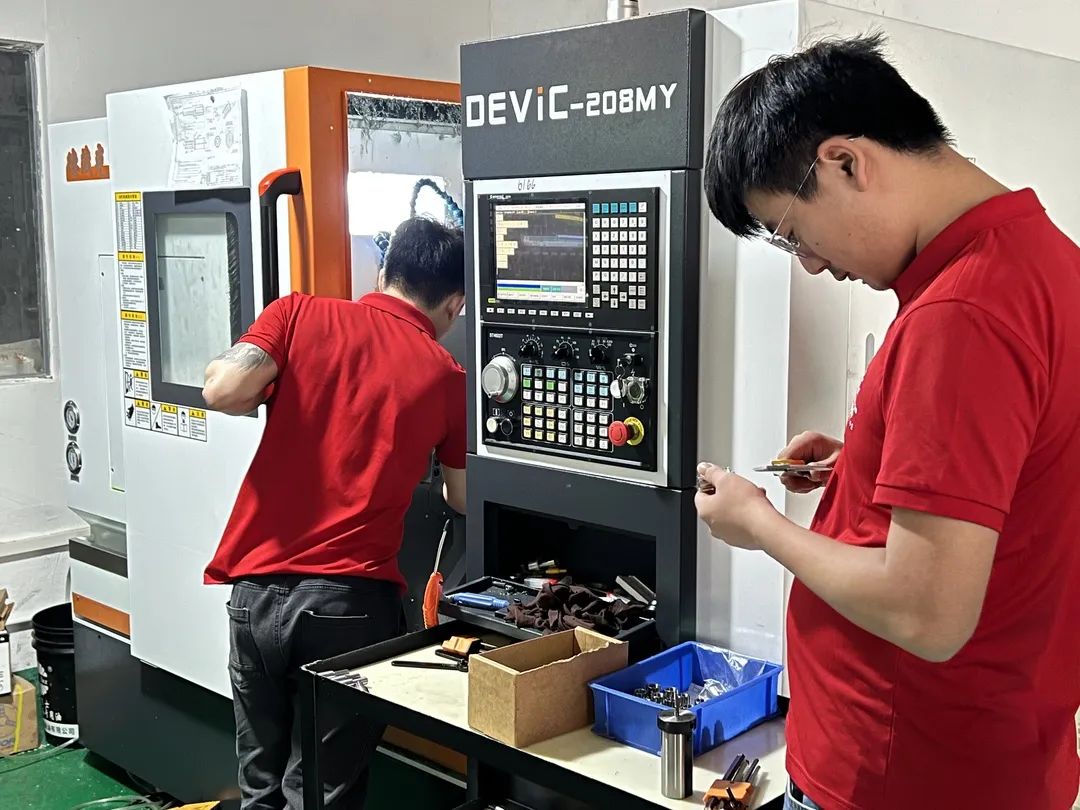 Part Machining / Mould
Part Machining / Mould Sheet Metal / Hand Plate
Customize&Volume Production
 English
English
 Part Machining / Mould
Part Machining / Mould  English
English

"The drawing paper brings forth blossoming flowers with a skillful brush, while the factory operates ceaselessly. Design is an art of boundless imagination and creativity, where prototypes can materialize design inspiration, transforming artistic creation into physical models. If design is likened to a soul, then prototypes are the embodiment of that soul."
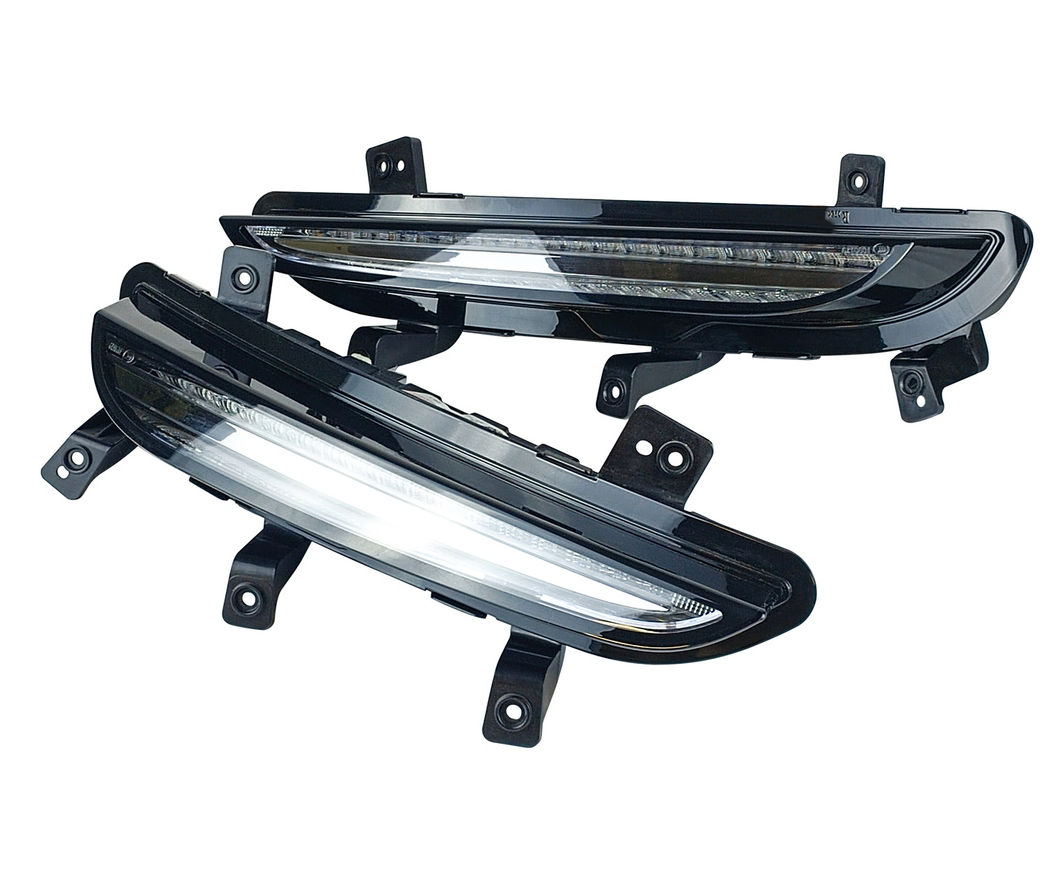
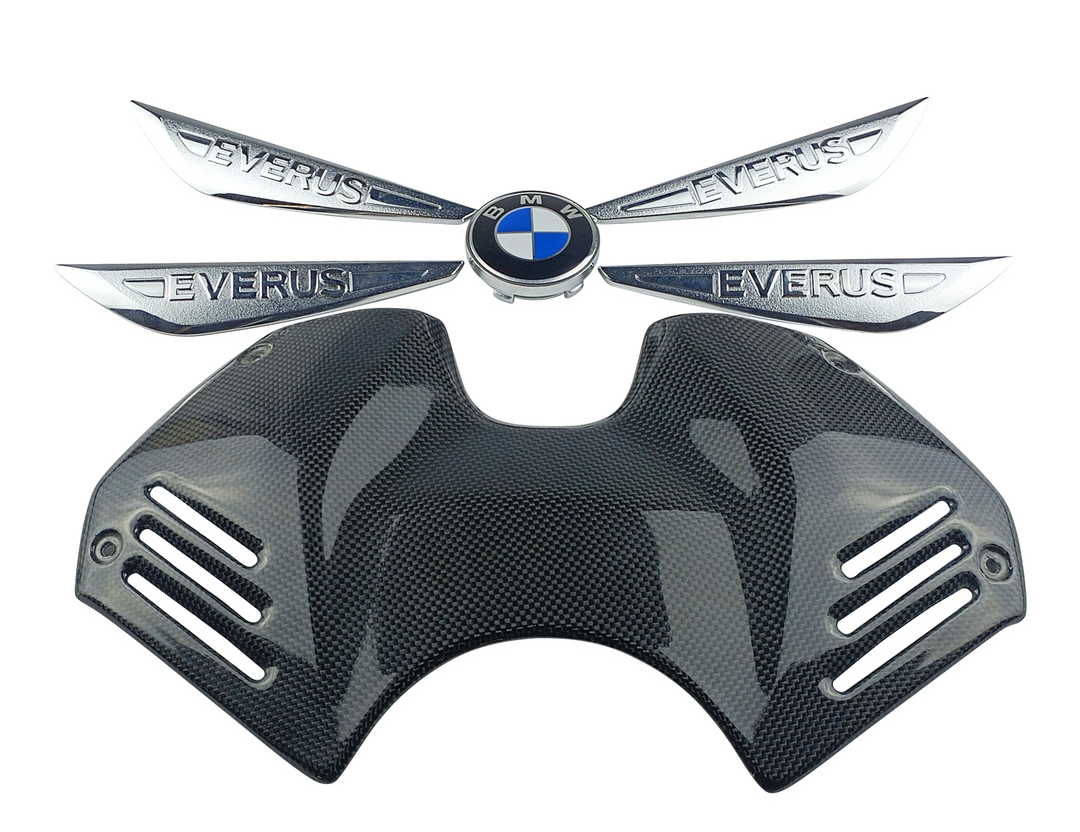
There is a close relationship between design and prototyping. Design refers to the process of conceptualizing and planning products or systems based on requirements and goals. Prototyping, on the other hand, involves materializing design concepts and verifying their feasibility through physical models. The relationship between design and prototyping can be examined from the following aspects:
Validating Design Concepts: Designers can use prototypes to validate whether their design concepts can be practically realized. By creating prototypes, they can examine aspects such as the product's appearance, dimensions, fit between components, and usability, ensuring they meet the design requirements. Prototyping helps designers identify and address design issues in a timely manner, thereby improving the quality of the product.
Evaluating Product Functionality: Prototypes can be used to test the functional performance of a product. For example, in electronic product design, designers can create circuit board prototypes to verify the circuit layout and functionality. Through prototyping, designers can identify and resolve potential issues early on, saving time and costs in later stages of product development.
Presentation and Promotion: Prototypes can be used to showcase and promote the product's appearance and features. Designers can create visually appealing prototypes to visually demonstrate the design concepts and innovative aspects of the product to clients, investors, or other stakeholders. Prototypes help designers effectively communicate their design intentions and facilitate better understanding.
Production Preparation: In the early stages of product development, prototypes can be used for production preparation. Prototypes serve as references for mold manufacturing, helping determine parameters such as product dimensions, shapes, and materials. By creating prototypes, production departments can prepare production processes and equipment, facilitating subsequent mass production.
In conclusion, the relationship between design and prototyping is inseparable. Prototyping, as a tool for materializing and verifying design concepts, helps designers better understand and improve their designs, thereby enhancing the quality and market competitiveness of the product.
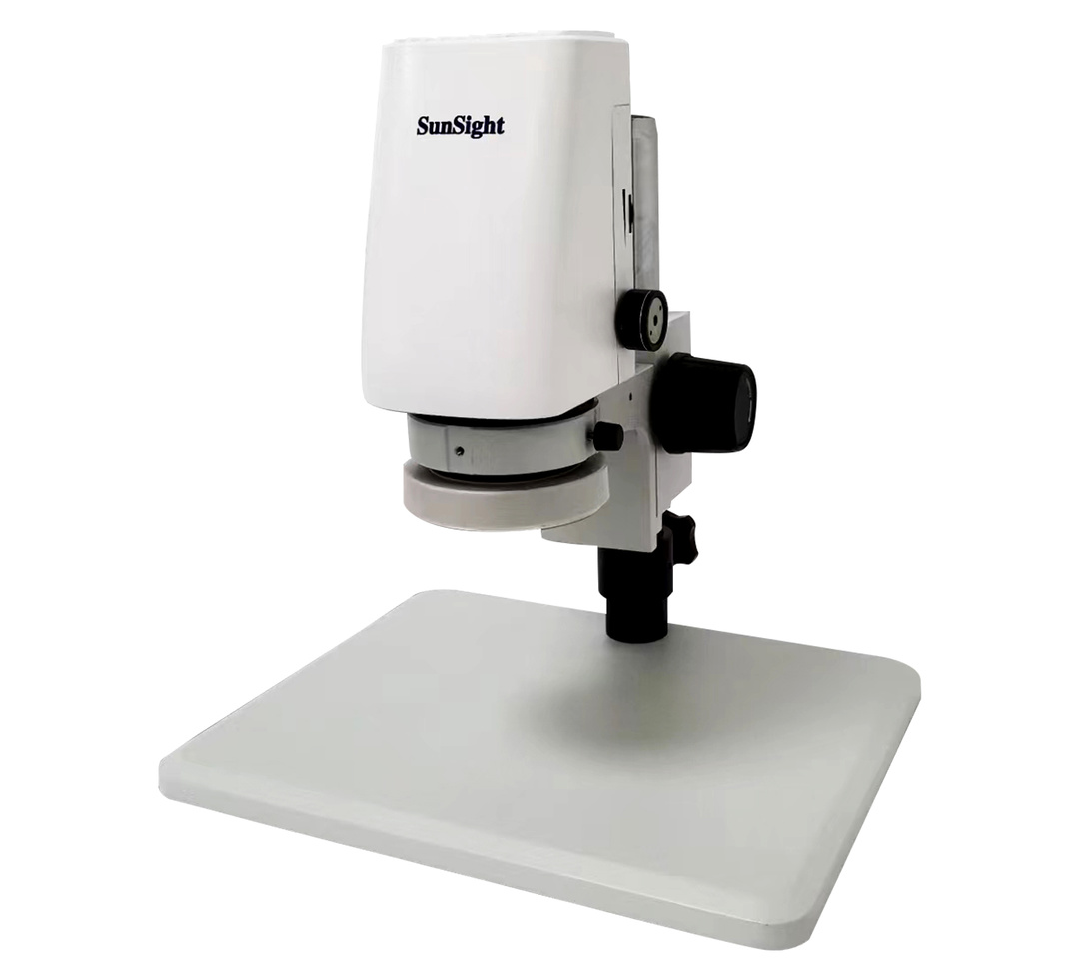
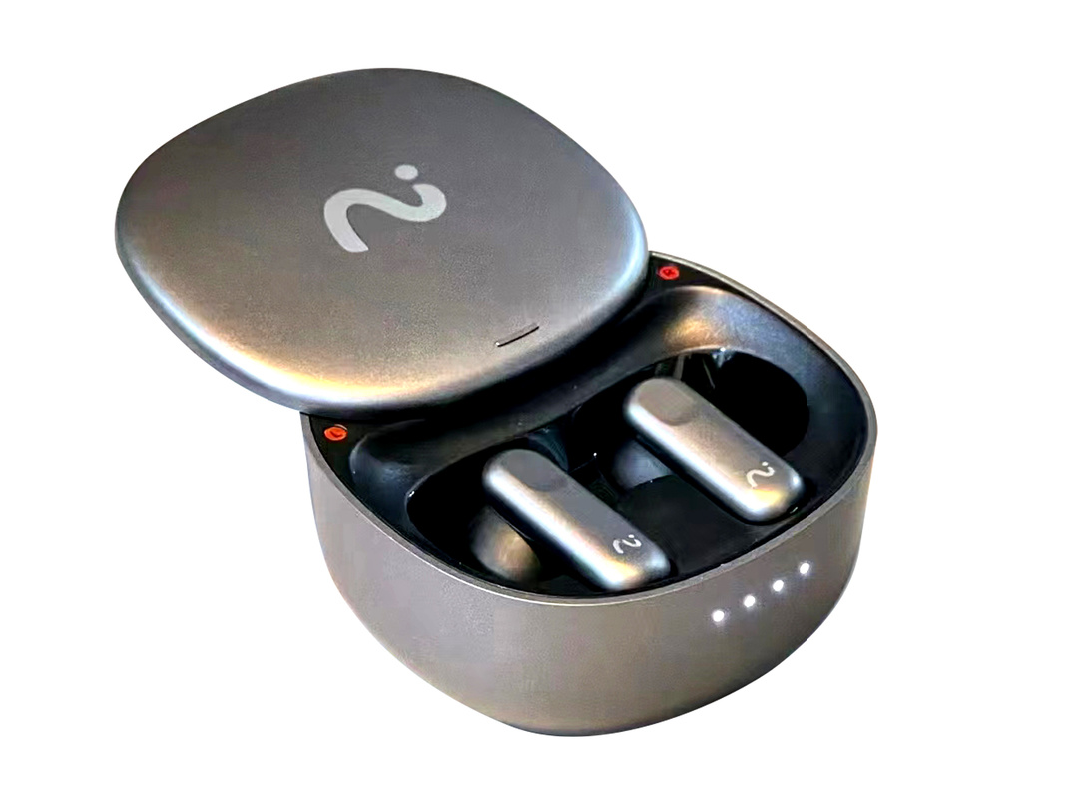
Prototyping design is the process of transforming product design concepts into tangible physical models. Below are the general steps involved in prototyping design:
Define Design Objectives: Firstly, clarify the goals and requirements of the prototyping design. Understand the desired type of prototype (such as appearance prototype, functional prototype, electronic prototype, etc.) and the purpose of the design (such as validating appearance, testing functionality, etc.).
Collect Design Information: Gather relevant information for the product design, including design drawings, dimensional specifications, material requirements, etc. If available, utilize existing 3D models as a basis for the design.
Select Appropriate Fabrication Methods: Based on the design requirements and specifications, choose suitable fabrication methods for the prototype. Common prototyping methods include 3D printing, CNC machining, manual fabrication, etc. Consider factors such as design complexity, time constraints, and budget when selecting the most suitable fabrication method.
Perform Prototype Design: Utilize computer-aided design software (such as CAD software) or manual drawing tools to perform the prototype design. Create the visual appearance, dimensions, and functional components of the prototype based on the design requirements. Consider factors such as material availability, fabrication difficulty, and manufacturing costs during the design process.
Produce Prototype Samples: Utilize the design drawings to produce prototype samples using the selected fabrication method. For 3D printing prototypes, import the design into a 3D printer and select appropriate printing parameters. For CNC machining prototypes, utilize CNC machines for cutting and shaping. For manual fabrication prototypes, employ manual tools and materials for fabrication and assembly.
Validate and Adjust: Once the prototype samples are produced, perform validation and testing. Check if the prototype's appearance, dimensions, and functionality meet the design requirements. If there are any issues or room for improvement, make adjustments and modifications until the design requirements are met.
Refine the Prototype: Based on the results of validation and testing, further refine the prototype. Make detail adjustments, perform surface treatments, decorations, labeling, etc., to achieve better results.
Document and Record: Throughout the prototyping design process, keep relevant design documents and records. These documents can serve as references for subsequent mass production or other requirements.
These steps provide a general framework for prototyping design. The specific details and sequence of these steps may vary depending on the nature of the product, industry, and project requirements.
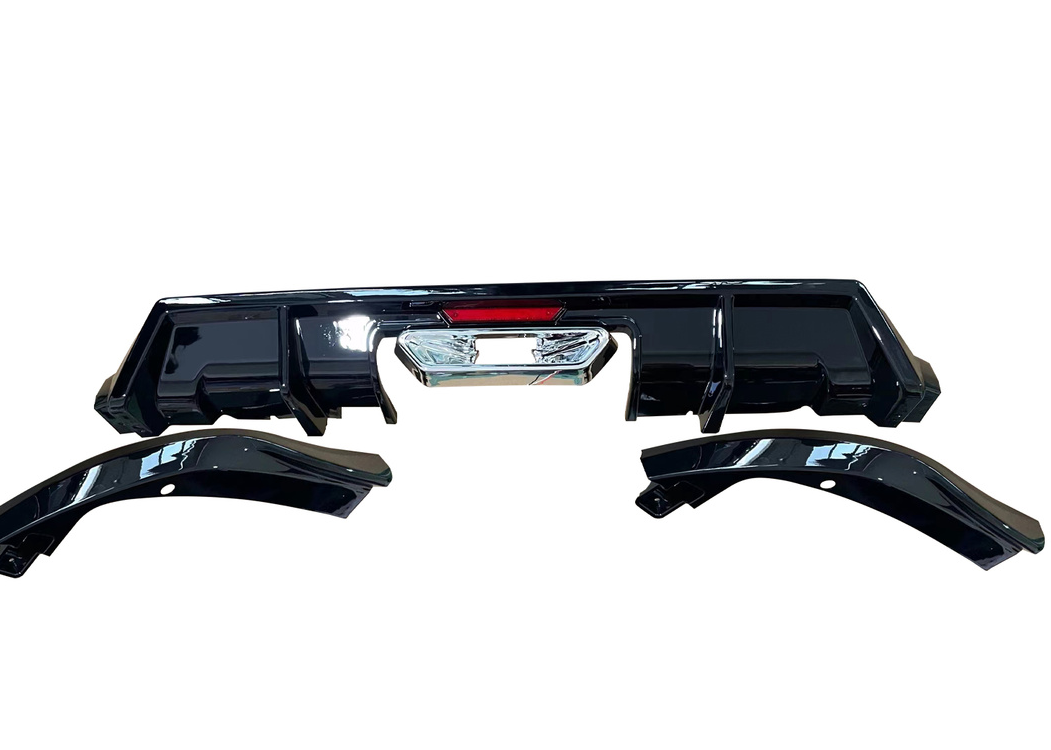
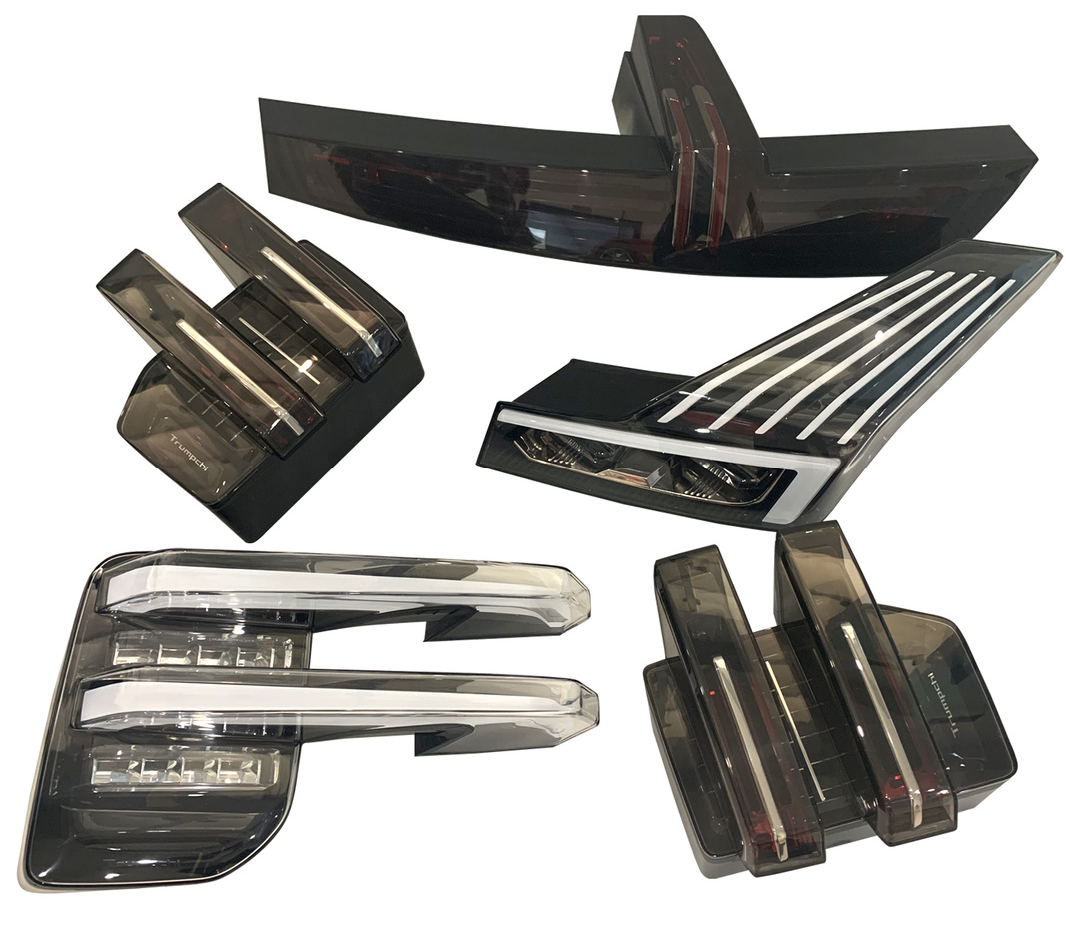
Shenzhen Industrial Man is a professional prototyping and customization company that provides comprehensive services including product concept design, prototyping, precision copying, appearance and structural design, and mold separation. Our company has a large team of professional engineering designers, with over a hundred technical experts, and nearly 300 professional CNC prototyping machines. With a heritage of 23 years in prototyping manufacturing, we have a meticulous approach to design and strict control over the manufacturing process. It is not an exaggeration to say that we are fully capable of independently covering all aspects of automotive prototyping processes, and our business scope continues to expand into other fields. We believe that the future belongs to everyone, including us at Shenzhen Industrial Man!
